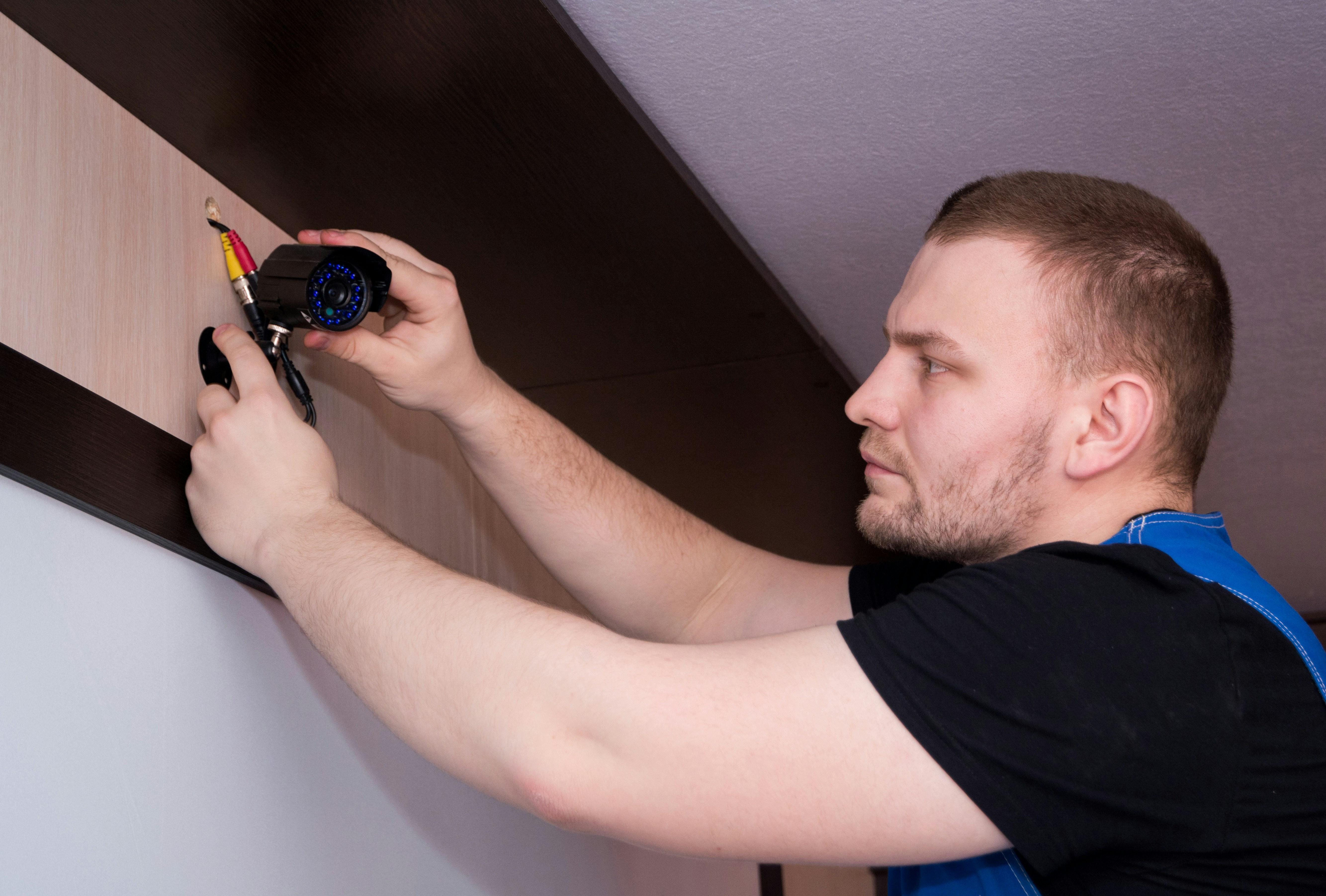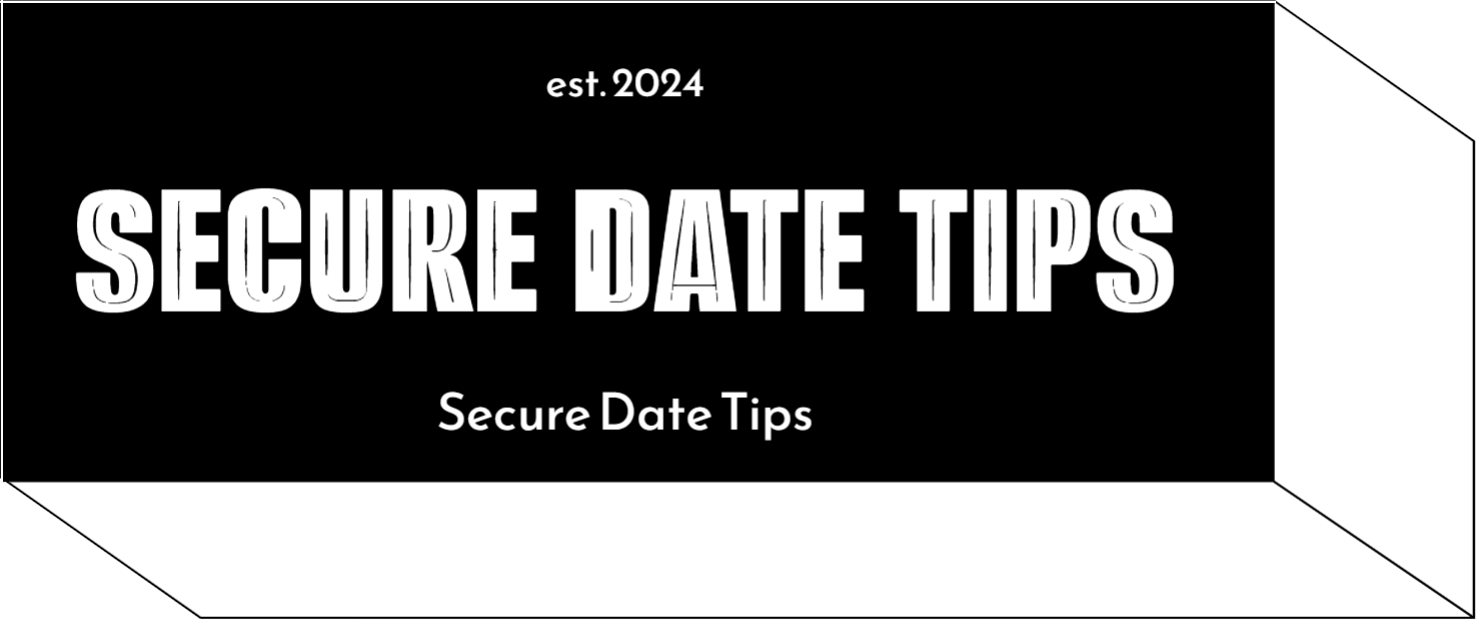In the digital age, where romance often begins with a swipe, dating apps have revolutionized how we connect. Yet, amidst the promise of finding love, safety concerns loom large. Enter the era of safety tools—features designed to protect users from the lurking dangers of the online dating world. But are these tools truly effective, or are they merely a marketing ploy to ease our apprehensions? As we delve into this digital love landscape, we explore whether these protective measures are genuine guardians of our online interactions or simply well-crafted illusions.
Evaluating the Real Impact of Safety Features on User Experience
Understanding the true influence of safety features on dating apps requires a deep dive into user experiences and perceptions. While these tools are often highlighted in marketing campaigns, their actual effectiveness can vary. Users may find that features like block and report, photo verification, and in-app messaging filters provide a sense of security. However, the real test lies in their seamless integration into the user journey.
Users frequently look for a balance between safety and convenience. A few points to consider include:
- Ease of Use: Are the safety features intuitive, or do they complicate the app experience?
- Effectiveness: Do users feel genuinely safer, or are the features more performative than protective?
- User Feedback: How do real-world experiences align with the promises made by these tools?
Ultimately, the success of safety features is measured not just by their presence but by their impact on trust and satisfaction within the dating ecosystem.

Unmasking Marketing Tactics: Are Safety Tools a Genuine Priority?
In the fast-paced world of online dating, safety features have become a central selling point for many apps. But are these tools genuinely designed with user protection in mind, or are they merely clever marketing strategies? Profile verification, block and report options, and location tracking are some of the features often highlighted. While these tools provide a sense of security, their effectiveness largely depends on how robustly they’re implemented and whether users are educated on utilizing them effectively.
- Profile Verification: This feature aims to reduce fake profiles, but its efficacy can vary widely among platforms.
- Block and Report: While these options are crucial, the real question is how quickly and seriously reports are handled.
- Location Tracking: Designed to share whereabouts with trusted contacts, but concerns about privacy and data misuse linger.
Ultimately, the real test of these safety features lies in their transparency and the app’s commitment to continuously improving user protection. Are these tools evolving to meet new challenges, or are they stagnant, resting on their marketing laurels?
Analyzing User Feedback: Do Safety Measures Truly Protect?
To determine the effectiveness of safety measures on dating apps, it’s crucial to delve into user feedback. Users often express mixed feelings, balancing between gratitude for safety features and skepticism about their true impact. Common tools like block and report options, photo verification, and location-based alerts are frequently mentioned. Users appreciate these tools for providing a sense of security, yet many question if these measures are enough to prevent genuine threats.
Feedback highlights several recurring themes:
- Proactive vs. Reactive: Many users argue that while these features can help manage unwanted interactions, they often act more as a reactive measure rather than preventing issues from occurring in the first place.
- Transparency and Trust: There’s a call for greater transparency about how these tools work and the extent of their effectiveness, which could help build trust between users and app developers.
- User Responsibility: Some feedback suggests that the responsibility for safety is often shifted to the users, rather than the platforms themselves implementing more robust security measures.
Ultimately, the question remains: are these features truly safeguarding users, or are they merely serving as a comforting facade?

Recommendations for Enhancing Safety on Dating Platforms
To truly enhance safety on dating platforms, a multi-faceted approach is essential. Platforms should prioritize the integration of robust verification processes, ensuring that user profiles are authentic. This could include photo verification and social media linking to provide additional layers of authenticity. Implementing AI-driven monitoring tools can also help identify and flag suspicious behavior or language, providing users with a safer environment.
- Transparent Privacy Settings: Users should have clear control over who can view their profiles and what information is shared.
- Real-Time Support: Offering 24/7 access to customer support can help users address concerns immediately.
- Comprehensive Reporting Tools: Simplifying the process to report inappropriate behavior can empower users to act swiftly.
Ultimately, the goal should be to create a space where users feel confident and secure, knowing their safety is a genuine priority rather than a mere selling point.



